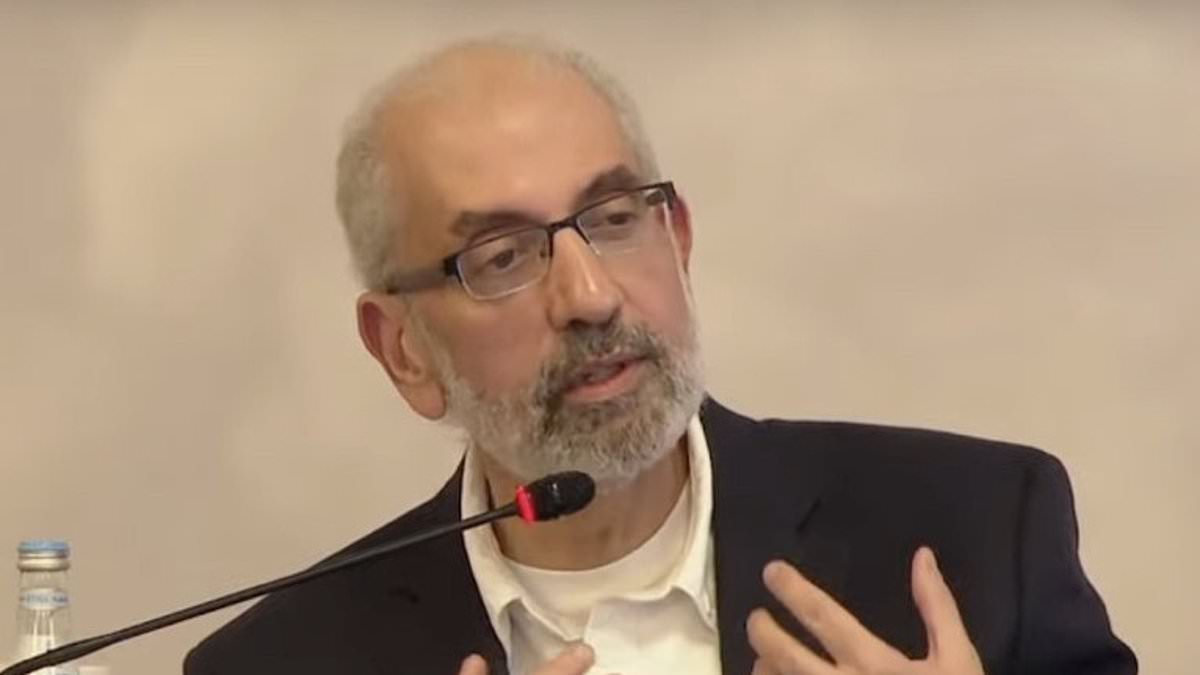By Senior Contributor,Tony Bradley
Copyright forbes

The CrowdStrike logo lit up the Las Vegas skyline as it took over the iconic Sphere during Fal.Con 2025, signaling the company’s bold push into the agentic era of cybersecurity.
CrowdStrike
At its annual Fal.Con conference in Las Vegas, CrowdStrike unveiled two innovations that it says will redefine how security operations centers keep pace with adversaries. The company introduced Threat AI, billed as the industry’s first agentic threat intelligence system, and Falcon for IT Risk-based Patching, a feature aimed at solving one of cybersecurity’s oldest headaches: what to fix first.
Both announcements tie into a bigger story CrowdStrike is telling—the rise of the agentic SOC. The message from the keynote stage was clear: analysts cannot fight AI-driven adversaries with yesterday’s workflows and fragmented tools.
The AI Acceleration Problem
In his Day 2 keynote, CrowdStrike president Michael Sentonas painted a sobering picture of how fast the threat landscape has changed. Attackers are already exploiting AI to find and weaponize vulnerabilities, sometimes in minutes rather than months.
“AI is the fastest evolution in human history and in cybersecurity. Evolution is not optional. It is the literal difference between defense and disaster,” Sentonas warned. He described scenarios where large language models help adversaries scan code for flaws, generate exploits and even calculate ransom demands tailored to psychological pressure points.
That acceleration is something I’ve seen firsthand covering this industry. The cycle from discovery to exploit used to be measured in weeks, even months. Now it’s collapsing to days—or in some cases, as Sentonas emphasized, mere minutes.
MORE FOR YOU
For defenders, that changes the entire equation.
Threat AI: Mission-Ready Agents
CrowdStrike’s first big reveal, Threat AI, is designed to take the fight back to adversaries. It promises to deliver mission-ready AI agents that reason, hunt and act across the kill chain. Instead of just surfacing alerts or indicators, these agents aim to conduct investigations, connect dots across data sources and recommend decisive action.
The idea is to supercharge human analysts rather than replace them. Sentonas stressed that point: “It’s not moving analysts out of the loop. It’s moving them up in the loop, from alert handlers to commanders.”
That framing is not new or unique, per se. Security professionals have long worried about automation displacing human judgment, but vendors have emphasized that AI is better-suited for enhancing and streamlining productivity for humans than it is for replacing them. At least for now.
What’s being proposed here feels more like augmentation—using AI agents to strip away the busywork and let humans focus on strategy, judgment and context.
Risk-Based Patching: From Noise to Precision
The second announcement tackled a problem as old as enterprise IT itself: patching.
Most organizations are faced with thousands of vulnerabilities, not all of which pose equal risk. Traditional patch management often treats them the same, overwhelming IT teams and delaying remediation.
Falcon for IT Risk-based Patching promises to align IT and security teams with a shared, risk-prioritized view. Instead of blindly patching across fleets of systems, the platform uses intelligence to highlight the vulnerabilities most likely to be exploited. It then applies AI-powered automation to deploy patches at the right time and with minimal business disruption.
Sentonas emphasized that this was one of the most requested features from customers: “AI-powered patching becomes your strategic advantage against adversaries, not just auditors.”
It’s a sensible approach. I’ve spoken with countless CISOs who say patching feels like trying to drain an ocean with a bucket. Risk-based prioritization doesn’t make the problem go away, but it does shift the odds in defenders’ favor.
Building the Agentic SOC
What ties these innovations together is CrowdStrike’s broader push toward the agentic SOC—a model where human analysts direct a workforce of AI agents. The company envisions a future where data is unified into a single layer, AI agents run 24/7 at machine speed and analysts orchestrate outcomes rather than slog through queues.
“This is not about a whole bunch of announcements stuffed into a slide deck that looks good but you can’t run in the real world,” Sentonas said. “It’s cybersecurity evolved and giving you time.”
That theme of unification resonated with customers in attendance. David Levin, chief information security officer at American Express Global Business Travel, explained it this way: “At American Express Global Business Travel, we can’t afford to be slowed by silos — we need to defend at machine speed. The CrowdStrike Falcon platform gives us one unified foundation of data, AI and automation, so our teams can focus on what matters: staying resilient and protecting our business and customers.”
The Bigger Picture
The announcements also reflect a broader trend in the industry. As AI reshapes both attack and defense, vendors are racing to move beyond bolt-on copilots and toward architectures designed for intelligent agents from the ground up. CrowdStrike has been talking about an “AI-native platform” for years, and Fal.Con 2025 shows how that strategy is taking form.
Of course, challenges remain. Organizations will need to test how these tools perform in the field, whether they can scale across complex environments and how well humans and AI agents collaborate under pressure. Governance, trust and transparency will be critical.
But the shift is already underway. As Sentonas reminded the audience, “The future really isn’t far away. The future is here. It’s being reshaped in real time by AI.”
For SOC teams that feel outpaced by adversaries, the promise of mission-ready agents and risk-driven patching may represent more than just product features—it could mark the beginning of a new operating model for cybersecurity.
Editorial StandardsReprints & Permissions



